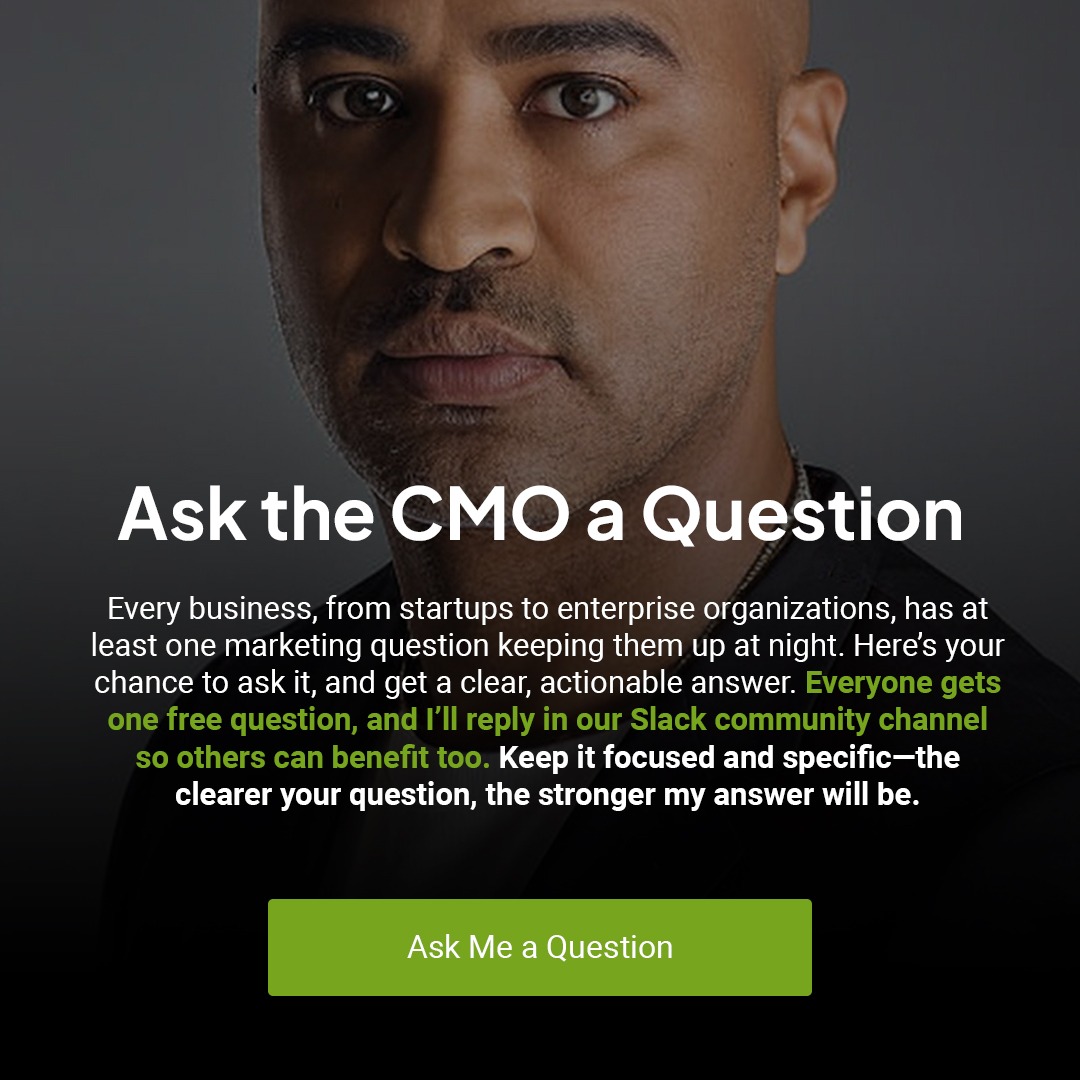Entrepreneurship rewards the steady hand. Results surge, then stall, then surge again. If your energy, decision quality, and communication track those swings, the company becomes a passenger. The job is to be the driver. “Stay high with the lows and stay low with the highs” is not a slogan; it is an operating system. It turns volatility into a signal, and it turns leadership into something your team can bank on.
The mindset behind the mantra
The first trap during a low is identity collapse, the sense that the current result defines the company. The second trap during a high is victory inflation, the belief that momentum cancels execution debt. Both are illusions. Great operators treat results as data, not identity. They anchor on process, they narrate reality without drama, and they protect decision quality from the mood of the moment.
Staying high with the lows means you elevate your standards when things feel heavy. You increase the quality of inputs, clean up communication, tighten the loop between problem and action, and defend the team’s confidence with facts, not vibes. Staying low with the highs means you refuse to let euphoria loosen discipline. You confirm fit, retention, and repeatability before you scale spend, and you credit wins to systems, not luck.
Win the lows: how to perform at your best when things are rough
When revenue dips or a release slips, the company looks to the person at the center. People do not need a pep talk as much as they need a plan they can execute.
- Tighten the time horizon.
Move decisions and feedback from monthly to weekly, sometimes daily. Shorter loops convert anxiety into action. Replace “we will figure it out” with “by Friday we will ship X, talk to Y, and decide Z.” Action shrinks fear. - Get closer to the customer.
Pick ten accounts that represent the problem. Talk to decision makers, not just users. Ask precise questions. What job were you hiring us to do, where did we fail, what would make you renew right now, what is the smallest change that would create the largest difference. This creates an evidence base for product and success, and it reorients the team from speculation to service. - Rebuild the funnel math.
Map each stage with real numbers, not estimates. Where are we leaking, what is the conversion, what is the cycle length, what is the cost to move one more unit through this stage. The goal is not a prettier dashboard, the goal is a shortlist of changes that unlock movement. - Reduce scope without reducing ambition.
You do not need five big bets, you need one or two that can land inside the current quarter. Take the most promising path, reduce surface area, and sequence work so that the company can feel progress. Progress is the antidote to panic. - Make confidence a product of clarity.
Publish a one-page weekly memo. What we know, what we are trying, what shipped, what we learned, what changes next. Plain language, timestamps, owners. Confidence follows communication that is specific and honest. - Protect the team’s bandwidth
Low periods invite thrash. Create a no-new-initiatives window where the only work allowed ties directly to the weekly goals. Fewer lanes, more speed.
Win the highs: how to stay realistic and humble when everything clicks
Highs are dangerous. The wrong hiring, the wrong spend, the wrong story can turn a great quarter into an expensive hangover.
- Test for repeatability before you scale
Ask, can this result be repeated by the average performer, on the average day, with our current process. If the answer is no, you are not ready to scale. Turn outliers into systems first. - Audit the unit economics under stress
Rerun your unit economics with conservative assumptions. More realistic discounts, longer sales cycles, higher support loads. If the model breaks under modest pressure, fix the model before you increase spend. - Keep the goal the goal
Wins tempt scope creep. On the back of a big quarter, a team will want to chase adjacent markets, adjacent features, adjacent partnerships. Sequence those moves. Strengthen the core, then expand in a way that does not dilute focus. - Elevate standards, not swagger
Use momentum to raise the floor. Institute better QA, better onboarding, cleaner handoffs from sales to success, cleaner retro practices. Put the win into the process, not into the press release. - Credit the system
Publicly attribute the win to specific behaviors and systems. When people see that systems get the applause, they double down on the habits that keep you winning.
Communication plays that work in both states
Leaders do not owe the team certainty; they owe them clarity. The tone is the same during highs and lows, only the content changes.
- State reality directly, then specify action. “Pipeline softened by 18 percent since August, we are shifting X reps to expansion, marketing pulls one channel test forward, product ships the onboarding fix by the 15th.”
- Separate signal from noise. “Five complaints came from the same workflow, not the whole product; we fix the workflow.”
- Track commitments in the open. Shared doc, same section order, same update cadence. Predictability creates safety.
Customers feel this as well. During lows, your updates reduce churn risk. During highs, your grounded tone sets expectations and protects trust. Either way, you teach the market that you are reliable.
Decision rules that keep you balanced
Use simple rules you can follow under pressure.
- No decision based on vibe alone, attach a number, a timeframe, and an owner.
- No hiring decision after one strong quarter, prove repeatability first.
- No feature creep without a clear link to retention or revenue.
- No budget increase without a cut or a trade elsewhere.
These rules are not rigid; they are guardrails. They slow you just enough to check your blind spot.
Financial posture through swings
Cash is oxygen. During lows, you need more time. During highs, you need more accuracy.
During a low, reforecast weekly for ninety days. Keep fixed costs fixed, treat discretionary spend like a series of small experiments. Shift dollars toward proven channels, reduce long commitments, and tighten approval paths. Protect payroll and delivery. If you need to cut, cut once, cut with clarity, and cut in service of a clear plan.
During a high, improve your estimates; do not inflate them. Build a small buffer on revenue, not a big story. Direct extra cash to debt, to durable capabilities, and to hiring that shortens time to value. Avoid vanity spending. Your brand grows fastest when your customers talk about outcomes, not office furniture.
Culture that centers on behavior, not mood
Culture is what you reward and what you tolerate. If you reward dramatics during lows, you will get dramatics. If you reward chest-thumping during highs, you will get bloat. Reward clear thinking, steady delivery, and direct communication. Celebrate useful failures, call out useful frugality, and give visible credit to people who fix the boring things that make customers stay.
Establish rituals that don’t swing with the scoreboard. Monday priorities, midweek check, Friday ship or learn. Monthly retro with three questions: what created value, what destroyed value, and what we will do differently. Keep the questions the same. Consistency builds truth.
Putting it all together, the balanced operating cadence
- Weekly focus, measurable, and small enough to win.
- Customer contact, founder or executive-led, every week without fail.
- Written updates in a single, living doc.
- Financial re-estimates at the right frequency for the moment.
- Rituals that hold, no matter the chart direction.
- Decision rules that pause mood and prefer math.
This cadence is not loud; it is just reliable. Teams learn that a low is not a crisis, and a high is not a vacation. It is all work, guided by values.
Final word
Staying high with the lows and low with the highs is respect for cause and effect. Results are outcomes, not identity. Good inputs, clear decisions, and honest communication produce outcomes you can trust more often. When the graph drops, you raise your standards. When the graph rises, you raise your standards. That is leadership people will follow through any market.
Keep Reading
Want more? Here are some other blog posts you might be interested in.
Most B2B “lead problems” are not lead problems. They are “we never got them to a meeting” problems. The ad did its ...
Your customers expect to be tricked (unfortunately). They have seen bait pricing. They have fought to cancel. They have waited on ...
Confusing a launch plan with a GTM strategy is one of the fastest ways to stall growth. A launch plan gets ...
For founders and growing companies
Get all the tips, stories and resources you didn’t know you needed – straight to your email!




